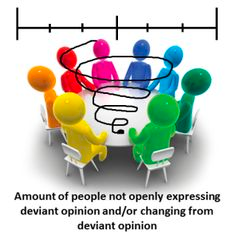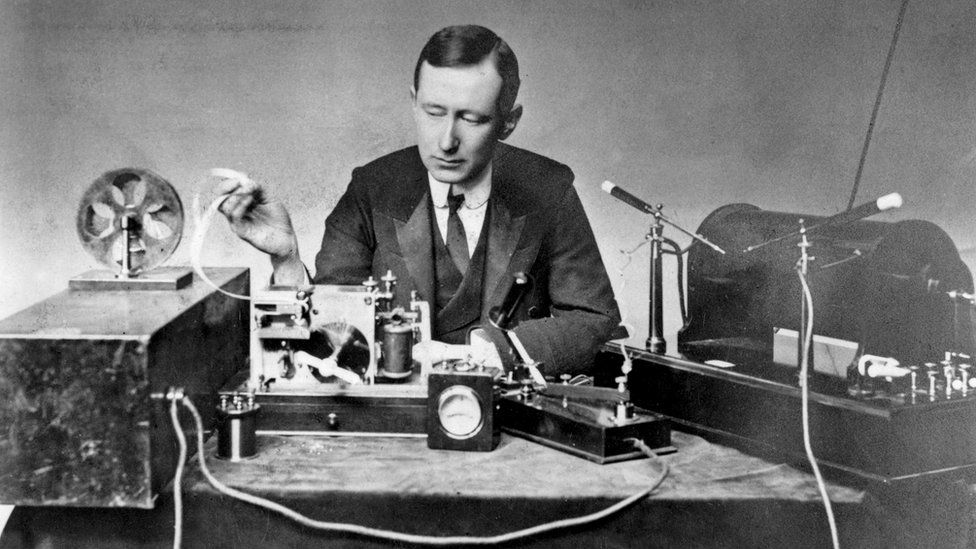The Diffusion process of the Telephone
The diffusion of innovation is a concept that explains how new ideas, products, or technologies spread through society over time. Alexander Graham Bell's telephone is a classic example of how this theory can be applied and how his invention had an impact on society as a whole for all future generations to come.
A recap of blog post #7: In the late 1800's, the telegraph was the dominant form of long- distance communication. The telegraph used Morse code to transmit messages over a network of wires, but it was a limited device since you could only transmit short messages. Bell however, saw an opportunity to improve upon this technology by creating a device that would allow people to communicate with each other over long distances. Bell began working on this idea of the telephone in the early 1870s and received a patent for the invention in 1876.
At first, the telephone was not widely adopted. It was first advertised to mainly kings and queens who could afford it. Bell and his associates had to work hard to convince people of the usefulness of the telephone. They conducted demonstrations and even sent telegrams using the telephone to show its potential. The first telephone exchange was established in 1878 in New Haven, Connecticut, and it took several years for the technology to spread beyond a few cities.
The diffusion of the telephone was influenced by several factors. The telephone was a complex device that required a lot of wires and other infrastructure to work properly. This made it difficult and expensive to install, and took a long time to be put in place as well. At the time, many people were also hesitant to adopt new technology, especially one that was unfamiliar.
Beginning in the early 20th century, the telephone had better evolved and started to become more popular to the public. By the 1920's the telephone became a desktop rotary dial phone. This enabled people to conduct business over long distances and grew the infrastructure world. The touch tone pad phone and wall phone were then introduced in the 1960's and 1970's and became accessible to the typical household. Telephone books, 9-1-1, and cordless landlines evolved soon after.
Then the rise of the internet came into play in the late 20th century which led to a further era of new communication technology. It was made originally for researchers and scientists, but it quickly became a tool for the general public to access information and communicate with each other. In the 1990s, the first mobile phones with internet capabilities were introduced, and the era of the smartphone had begun.
Today, smartphones have changed the way we access information. They are mini- computers that allow us to access the internet, send messages, make phone calls whenever we want, and a wide range of other functions. They have become an essential part of modern life, and they are used by people of all ages and backgrounds.overtime the benefits of the telephone had become a global technology in the United States. In 1914, at the start of World War 1, there were 10 people for every working telephone in the U.S. By the end of World War II, 1945, there were five people for every working phone. In 1998, there was one phone for every man, woman, and child. Now, even the homeless typically have phones. This entire process, transformed the way people communicate with each other forever, and the diffusion of innovation process from the telephone continues to grow and will most likely never end.






















